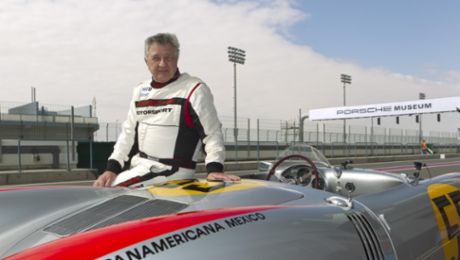It all began with the 901. The original 911 made its debut at the 1963 Frankfurt Motor Show IAA as type 901. As the successor to the popular 356, the 901 was an interpretation of a similar sports car concept, but in an entirely new car: a low silhouette, timeless yet modern design, a six-cylinder rear-mounted engine and an agile suspension set-up would meet day-to-day usability and reliability.
The renaming to 911 took place at the launch in 1964, as Peugeot had a trademark on number sequences with a zero in the middle. Porsche responded. Production of the 901 began on 14 September 1964; shortly after, Porsche renamed its new car the 911. The base price for the new Porsche was set at 21,900 Deutschmarks. The first air-cooled, six-cylinder boxer engine generated 130 PS, which was sufficient to achieve 210 km/h. In comparison, a VW Beetle 1200 Standard with 30 PS topped out at 112 km/h. From 1965, Porsche offered the four-cylinder 912; a year later, the company launched the 911 S with 160 PS. In autumn 1965, Porsche unveiled the 911 Targa with its striking stainless steel roll-over bar – the first truly safety-conscious cabriolet in the world.
Porsche was quick to recognise the advantages of diversification and offered different models to its customers around the world. During the 1973 financial year, Porsche built 81,100 examples of the 911 and 30,895 units of the 912.

